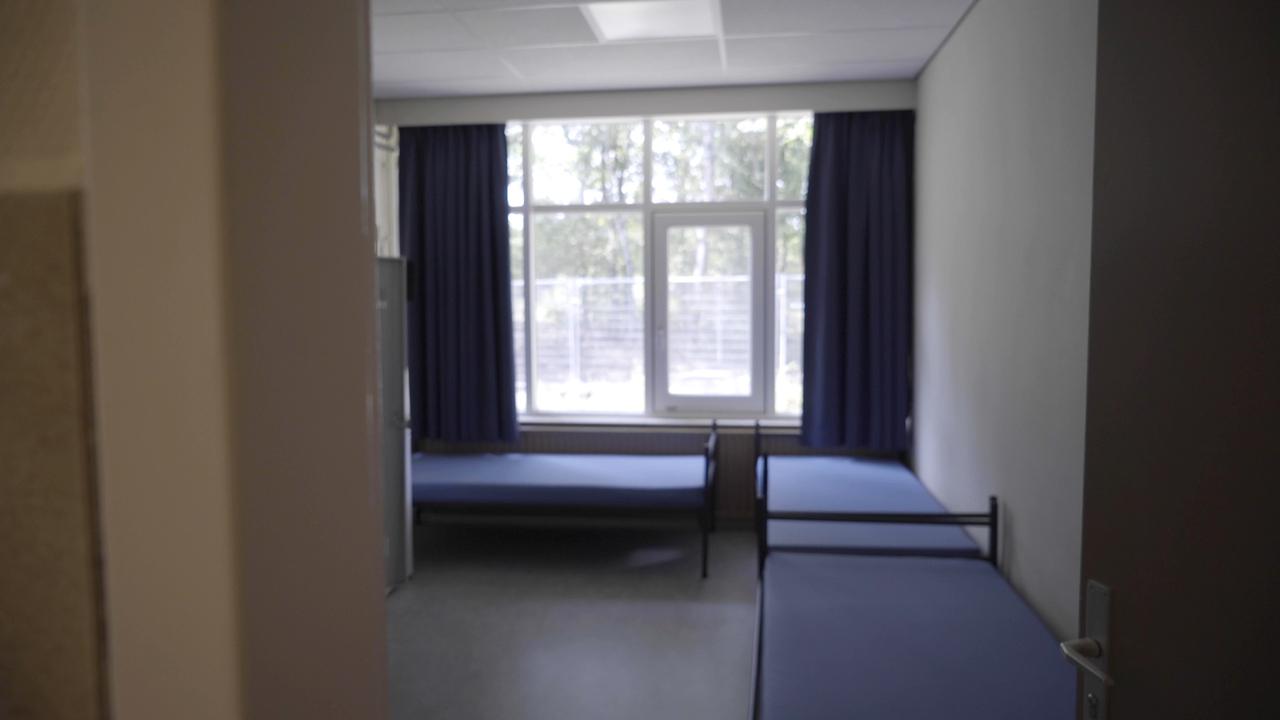Approach to problematic asylum seekers
The government is taking various measures to deal with problematic asylum seekers – for example speeding up the asylum application procedure, and giving asylum seekers from safe countries more austere accommodation. Asylum seekers who engage in seriously anti-social behaviour may be transferred to the Enforcement and Supervision Centre (HTL).
Approach to problematic asylum seekers
The Netherlands wants to provide shelter for people fleeing conflict or violence. A small group of asylum seekers is abusing the system by engaging in anti-social behaviour and crime. Various measures may be taken in response. These are tailored to the individual asylum seeker and include:
- speeding up the asylum application procedure;
- restricting the freedom of an asylum seeker, for example banning them from leaving a certain area.
Asylum seekers engaging in criminal behaviour are dealt with under criminal law, often in summary proceedings (in Dutch). This may lead to prosecution or a prison sentence.
Immigration system wardens working on nationwide approach
Four immigration system wardens have been appointed. They help the municipal authorities, the police, the Public Prosecution Service (OM), the Central Agency for the Reception of Asylum Seekers (COA) and other parties involved in dealing with problematic asylum seekers.
Measures to tackle serious or recurring anti-social behaviour
Asylum seekers responsible for the most serious anti-social behaviour may be transferred to the Enforcement and Supervision Centre (HTL). The regime at this centre is stricter. This should lead to fewer problems at other asylum seekers’ centres.
Top-X approach
The Ministry of Justice and Security has now introduced the nationwide Top-X list, with the names of the asylum seekers responsible for causing the most problems. This list is updated every month on the basis of data provided by the COA and the police. The parties involved, including the COA, the Immigration and Naturalisation Service (IND), the Repatriation and Departure Service (DT&V) and the Aliens Police, Identification and People Trafficking Department (AVIM), decide which persons on the list will be targeted individually, and which measures will be taken. The measures may differ from person to person. The municipal authorities, the police and the Public Prosecution Service are also involved in the Top-X approach. The immigration system wardens are introducing the Top-X approach step-by-step around the country.
Read more about the Enforcement and Supervision Centre (HTL), the Top-X approach and the immigration system wardens in the letter to the House of Representatives on the evaluation of the extra assistance and supervision centres and problematic aliens (in Dutch).
Austere accommodation for asylum seekers from safe countries
Asylum seekers from safe countries will be given very basic accommodation. Generally speaking, they have very little prospect of their application for asylum being approved. Asylum seekers from safe countries are also more likely to engage in anti-social behaviour. The government wants to discourage these asylum seekers from coming to the Netherlands.
Asylum seekers who have received an asylum permit in another EU Member State and who have come to the Netherlands via another EU country, also receive a basic accommodation.
Local measures
Ten municipalities will be taking extra measures to deal with problematic asylum seekers (in Dutch), with projects involving special enforcement officers (BOAs), supervisors, coaches and surveillance cameras. The municipalities taking part include Boxmeer, Grave, Nijmegen, Venray, Cranendonck, Oisterwijk, Emmen, Westerwolde and Den Helder. They have regularly experienced problems with asylum seekers, and have now joined forces with central government to take action.
Government agencies working together to deal with problematic asylum seekers
The measures to deal with problematic asylum seekers are being developed and implemented by:
- the Ministry of Justice and Security
- municipal authorities
- the Central Agency for the Reception of Asylum Seekers (COA)
- the Immigration and Naturalisation Service (IND);
- the Repatriation and Departure Service (DT&V);
- Nidos (child protection for refugees);
- the police;
- the Public Prosecution Service (OM);
- the courts.

